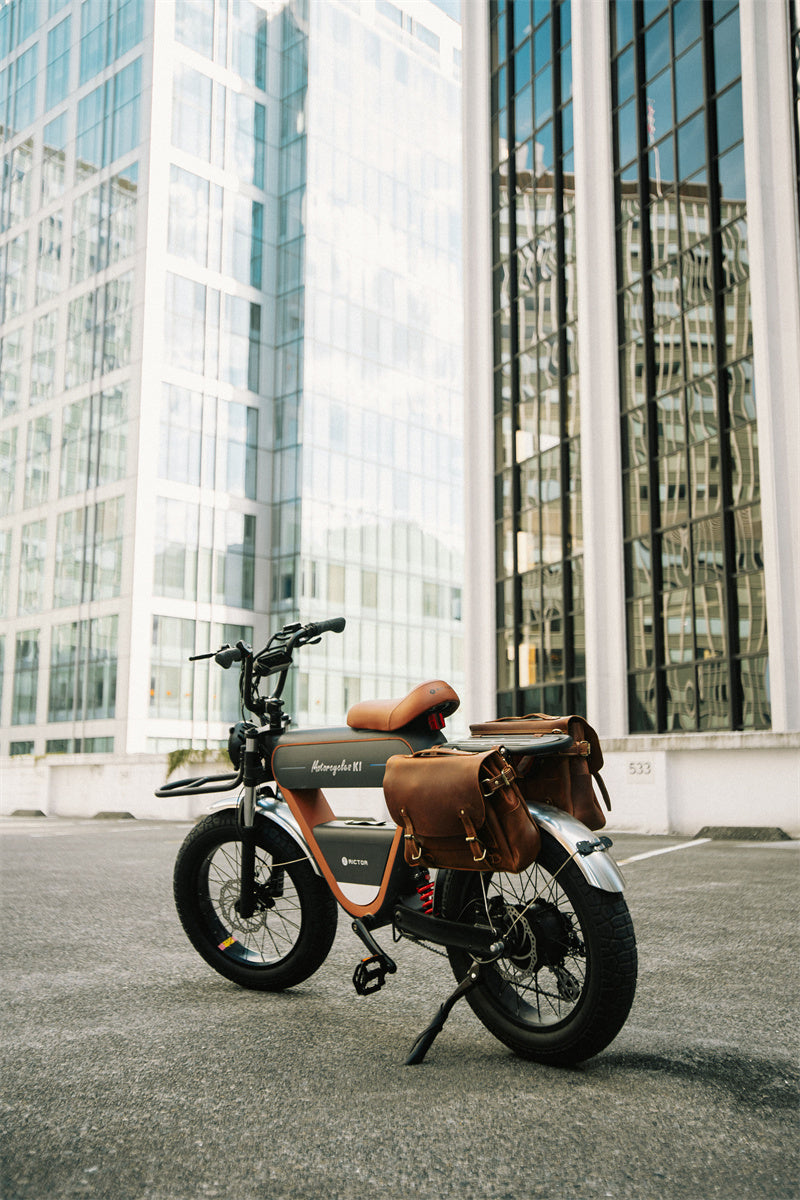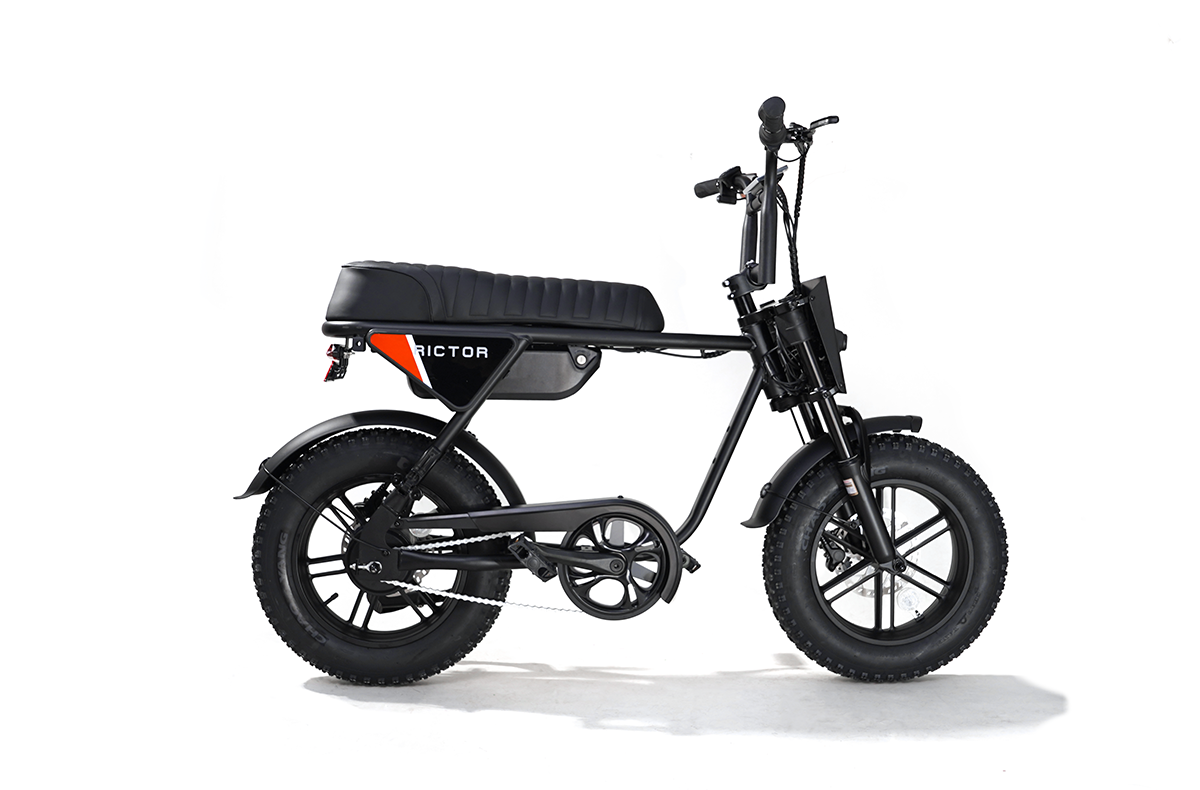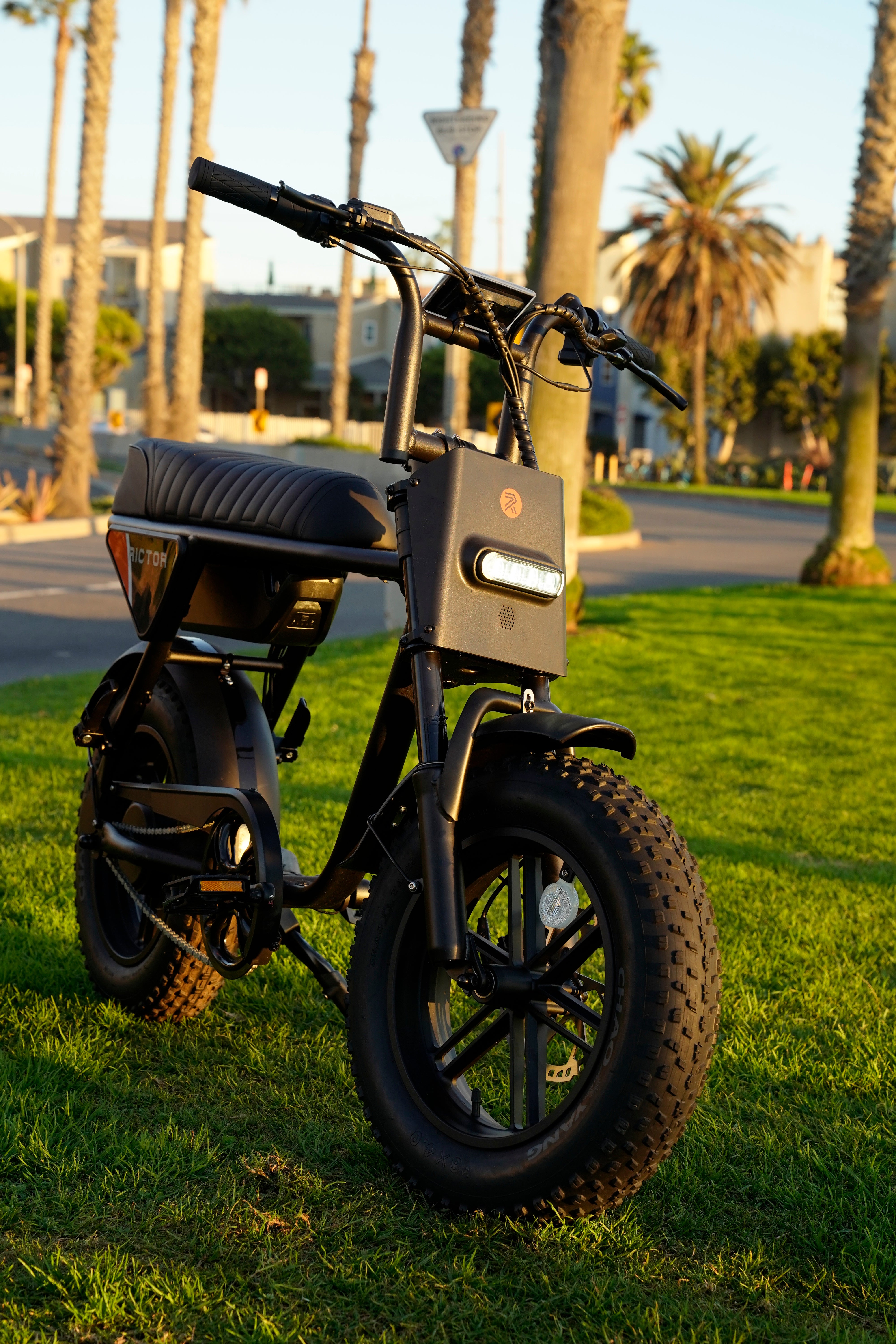
Can you ride an electric bike if the battery runs out?
Electric bike is really just a regular bike with a few extra parts thrown in.
You’ve got the same pedals, gears, and brakes, but now there’s an electric motor, a battery, and a controller added to the mix.
These new parts give you a boost when you’re riding, making things like hills and long rides way easier.
At its core, though, an e-bike is still just a bike—it just happens to have some extra power to help you out when you need it.
Do Electirc Bike Still Work Without A Battery
Electric bike absolutely still work without a battery.
The thing is, when the battery dies, the motor stops helping you out, but the bike itself doesn’t just shut down.
It’s still a bike, after all! You can keep pedaling, using the gears and brakes just like you would on a regular bicycle.
The key difference is, without the motor, it’s all up to your legs.
The ride might feel tougher, especially when going uphill or on longer stretches, but you can still get to where you’re going.
Motoried bike when running without a battery, can feel heavier.
This is because the motor and battery are adding extra weight to the frame, and without that electric assistance, you’ll have to power through that weight on your own.

If you’re on flat ground, you probably won’t notice it too much, but the moment you hit an incline, it’s going to be more work.
Electric bike don’t just shut down when the battery dies—they’re designed to still function as regular bikes.
That means the pedals, chain, and brakes keep doing their job. However, since the motor isn’t giving you a boost, you’ll need to adjust your expectations.
The ride becomes more like traditional biking, but with the added weight of the electric components making things a bit harder.
So yes, your bike electric will still work without a battery, but you might find yourself wishing you charged it beforehand!
SEE ALSO How Fast Can E-Bikes with Different Voltages Go?
Does Pedal Assist Use Battery
Pedal assist absolutely uses the battery. It’s one of the main features that makes riding pedal assist bicycle so easy and fun.
When you’re using pedal assist, the motor kicks in and helps you as you pedal. But all of that extra power comes straight from the battery.
So, without battery power, the pedal assist feature won’t do anything for you.
Pedal assist works by sensing how hard you’re pedaling and then providing just the right amount of motor assistance to match.
This means if you’re on a hill, the bike will help you more, and if you’re cruising on flat ground, it’ll give you less help.
It’s all powered by the battery.
The more you use pedal assist, especially on high levels, the more battery it’ll use up.
Once the battery is drained, the pedal assist stops working completely, and you’re left pedaling on your own.
Pedal assist is a fantastic feature when the battery is charged, but once that power runs out, you lose that extra boost.
So, if you’re planning on using pedal assist for your entire ride, make sure you keep an eye on your battery level.
The higher the level of assistance you use, the faster the battery will drain.
If you run out of power, you’ll be pedaling just like on a regular bike, and the extra weight of the motor will make things feel a bit harder.

Can You Use Pedal Assist If The Battery Dies On An E-Bike
You can’t use pedal assist if the battery dies on your pedal assist electric bicycle. Pedal assist relies entirely on the battery to function.
Once the battery is drained, the motor no longer engages, and that means no more help when you’re pedaling.
The bike still works as a regular bike, but you’re going to have to put in all the effort yourself. Without the battery, there’s no extra power coming from the motor to make your ride easier.
Pedal assist, when active, makes climbing hills and riding long distances feel like a breeze.
But without the battery, all of that assistance disappears.
You’ll feel the weight of the bike more, especially on tougher terrains like hills or uneven ground.
If you’re used to riding with pedal assist, the difference will be quite noticeable as you’ll have to do all the work manually.
Pedal assist is one of the best features of bicycle with pedal assist, but it’s entirely dependent on battery power.
So if your battery runs out, be prepared to pedal harder, especially if you’re riding on challenging terrain.
It’s a good idea to keep track of your battery level during your ride and recharge when necessary, so you don’t lose the benefits of pedal assist at the worst moment.

Can I Ride An Electric Bike Like A Normal Bike
You can absolutely ride an electric bike like a normal bike.
Even if the battery dies, the electric bicycles will still function, and you’ll be able to pedal just like you would on any other bicycle.
The motor and battery might be out of power, but the pedals, gears, and brakes work just fine. The biggest difference is that without the electric boost from the motor, the bike will feel heavier and require more effort to pedal.
Riding electrical bike without battery power can feel more like a workout because of the extra weight of the motor and battery.
On flat terrain, you might not notice the weight as much, but when you start going uphill or trying to cover long distances, you’ll definitely feel the difference. Still, it’s completely possible to ride an e-bike without the motor’s help, and it functions just like a normal bike in that sense.
Riding an electric bike without a battery is a great way to keep going if you run out of charge. You’ll need to use a bit more energy, but the bike will still get you where you need to go.
As long as you’re comfortable with the extra effort required, you can enjoy your bike electric as both an electric and a traditional bike. Just make sure to charge up if you want the motor’s assistance for a smoother ride.
Are Elecric Bike Harder To Pedal Than Regular Bikes
Electric bicycle can be harder to pedal than regular bikes, especially when the battery dies.
The main reason is the added weight from the motor and battery. When the battery is charged and the motor is helping you, you won’t notice the weight as much because the motor does a lot of the work. But once the battery runs out, you’re left pedaling a bike that’s significantly heavier than a standard one.
Pedaling bike electric without motor assistance can feel challenging, particularly on hilly terrain or longer rides.
The bike’s weight makes it harder to maintain speed and requires more effort to climb hills.
While flat ground might not be too difficult, any incline or rough surface can make you wish you had the motor’s help.
Riders who are used to the pedal assist feature will notice the difference immediately when the battery dies.
Electric bicycless are designed to work as normal bikes when the battery dies, but the added weight of the motor and battery can make them tougher to handle. It’s not impossible to ride an e-bike without power, but it’s definitely more of a workout than riding a regular bike.
FAQs
How long does it take to fully charge an e-bike battery?
Charging times can vary depending on the battery’s capacity and charger, but most e-bikes take between 3 to 6 hours for a full charge. Some high-end models with fast chargers can recharge in as little as 2 hours.
How far can an e-bike go on a single charge?
The range of an e-bike depends on factors like battery size, terrain, and how much pedal assist you use. On average, you can expect to travel anywhere from 20 to 70 miles on a single charge. Higher-end e-bikes can even exceed 100 miles.
Can you ride an e-bike in the rain?
Yes, most e-bikes are designed to be water-resistant, meaning you can ride in light rain. However, it’s best to avoid deep puddles and heavy downpours to protect the electrical components. Always check the manufacturer’s guidelines for specifics.



